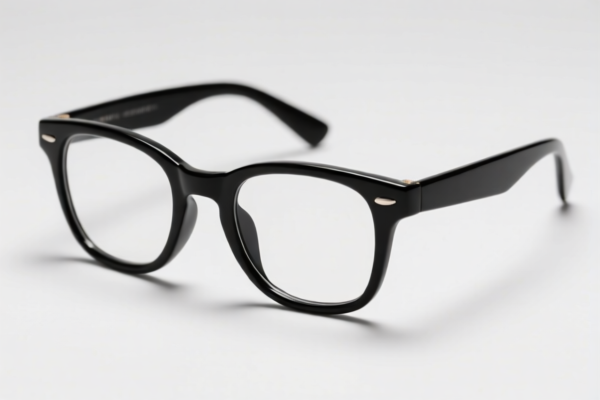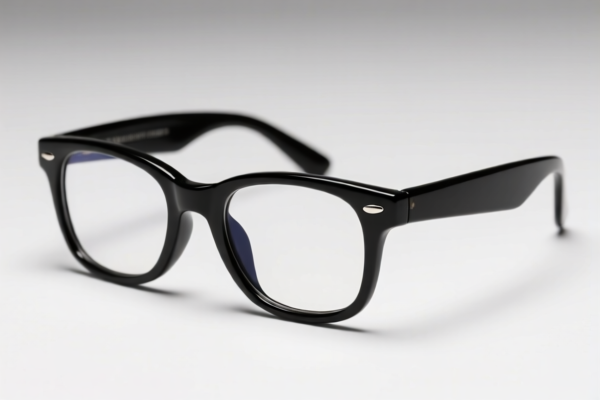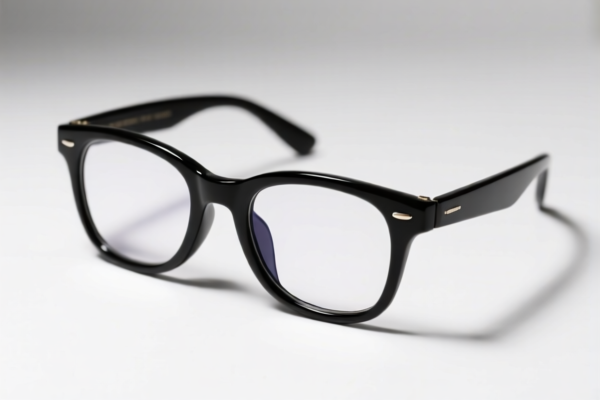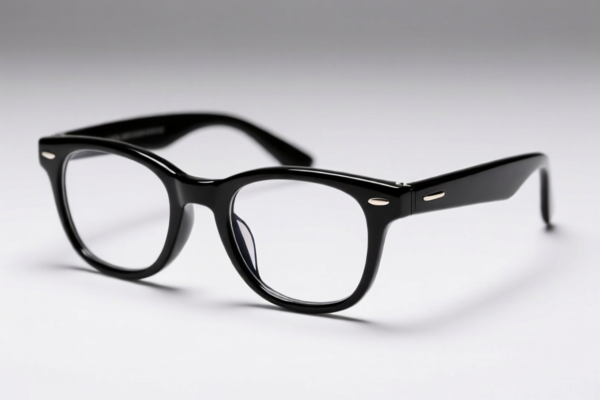| HS Code | Official Doc | Tariff Rate | Origin | Destination | Effective Date |
|---|---|---|---|---|---|
| 9004900090 | Doc | 40.0% | CN | US | 2025-05-12 |
| 4823901000 | Doc | 55.0% | CN | US | 2025-05-12 |
| 9620005000 | Doc | 60.3% | CN | US | 2025-05-12 |




Okay, let's break down the HS code classifications and tax implications for your "PAPER EYEGLASSES" declaration. It appears you have three potential classifications provided, which is common when dealing with products that have multiple material components or uses. Here's a detailed analysis:
Understanding HS Codes – A Quick Primer
Before we dive in, remember that HS codes are standardized internationally. The first two digits generally indicate the chapter, the next two the subheading, and so on. More digits mean a more specific classification.
1. 9004.90.00.90 – Spectacles, goggles and the like, corrective, protective or other: Other Other
- 90: Chapter 90 – Optical, photographic, cinematographic, measuring, checking, precision, medical or surgical instruments and apparatus; parts and accessories thereof. This chapter covers instruments used for vision or medical purposes.
- 04: Spectacles, goggles and the like, corrective, protective or other. This specifically targets eyewear.
- 90.00: Other. This is a residual subheading for eyewear not specifically classified elsewhere.
-
90.00.90: Further specifies "Other" within the "Other" category.
Tax Implications: * Basic Duty: 2.5% * Additional Duty: 7.5% (increasing to 30% after April 2, 2025) * Total Tax: 40.0%
Important Considerations: This classification seems most appropriate if the "PAPER EYEGLASSES" function primarily as eyewear – even if made of paper. However, the paper material is unusual for this category. You need to confirm if these are genuinely intended to be worn as functional spectacles. If they are more of a novelty item, another classification might be more accurate.
2. 4823.90.10.00 – Other paper, paperboard, cellulose wadding and webs of cellulose fibers, cut to size or shape; other articles of paper pulp, paper, paperboard, cellulose wadding or webs of cellulose fibers: Other: Of paper pulp
- 48: Chapter 48 – Paper and paperboard; articles of paper pulp, paperboard, cellulose wadding and webs of cellulose fibers. This chapter covers various paper products.
- 23: Other paper, paperboard, cellulose wadding and webs of cellulose fibers, cut to size or shape; other articles of paper pulp, paper, paperboard, cellulose wadding or webs of cellulose fibers.
- 90: Other. This is a residual subheading for paper articles not specifically classified elsewhere.
-
90.10: Of paper pulp. Specifies the material as paper pulp.
Tax Implications: * Basic Duty: 0.0% * Additional Duty: 25.0% (increasing to 30% after April 2, 2025) * Total Tax: 55.0%
Important Considerations: This classification is suitable if the "PAPER EYEGLASSES" are primarily considered paper products, like a craft item or disposable novelty. If the paper is heavily processed or has a specific function beyond being paper, this might not be the best fit.
3. 9620.00.50.00 – Monopods, bipods, tripods and similar articles: Other: Of plastics
- 96: Chapter 96 – Miscellaneous manufactured articles. This chapter covers a wide range of products not fitting into other categories.
- 20: Monopods, bipods, tripods and similar articles.
- 00: Other. This is a residual subheading for articles not specifically classified elsewhere.
-
00.50: Of plastics. Specifies the material as plastic.
Tax Implications: * Basic Duty: 5.3% * Additional Duty: 25.0% (increasing to 30% after April 2, 2025) * Total Tax: 60.3%
Important Considerations: This classification is unlikely to be correct unless the "PAPER EYEGLASSES" are being used as a support or display item (like a prop) and are made of plastic. The description doesn't align with this category.
Recommendation & Next Steps:
Based on the information provided, 9004.90.00.90 (Spectacles, goggles and the like) is the most likely classification, if the items function as eyewear. However, the unusual material raises questions.
Crucially, you need to provide more detail about the product:
- Function: Are these intended to be worn as functional spectacles (even if low quality)? Or are they novelty items, decorations, or props?
- Material Composition: What percentage of the product is paper versus other materials (e.g., plastic, metal)?
- Intended Use: How are these items marketed and sold?
- Single Invoice Value: The value of the entire shipment will affect the overall tax calculation.
I strongly recommend consulting with a customs broker or providing a sample to customs authorities for a binding classification ruling. This will help avoid potential issues with customs clearance and ensure you pay the correct duties and taxes.
Please note: Tax rates and regulations are subject to change. This information is for general guidance only and should not be considered legal advice.
Customer Reviews
The page had good info, but I was confused by the third HS code. It seems off for paper eyeglasses. Maybe a note on when that code might be applicable would help.
I found the information on HS Code 4823901000 useful, though I wish there was more clarity on why paper products are classified under that code. Still, it helped me understand the higher tariff rate.
The detailed explanation of the 9004900090 HS code was exactly what I needed. I was confused about the high 40% tariff, but the breakdown made it clear.
The breakdown of HS Code 9004900090 was really helpful. I was exporting paper eyeglasses and needed to know the correct tariff rate for the US.